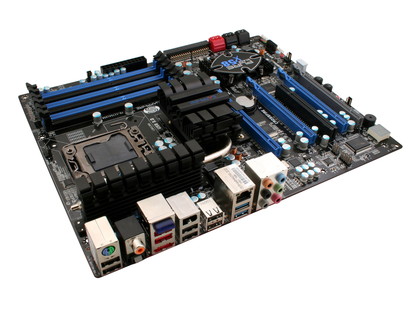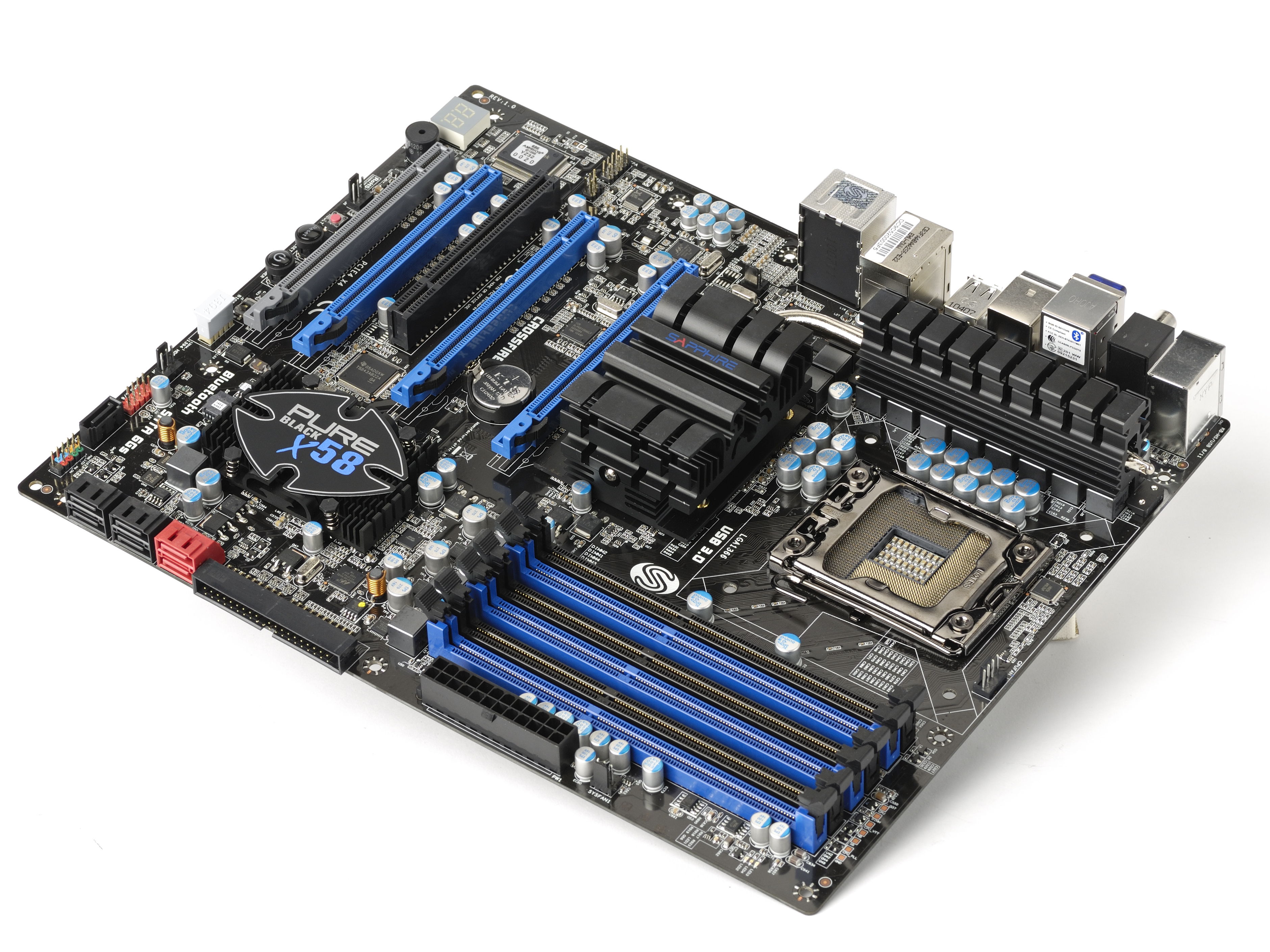Why you can trust TechRadar

It may seem like a bit of a backward move for Sapphire to come out with an Intel chipset that's over two years old now as its first non-AMD mobo, but it needed to cut its teeth somewhere.
It also wanted to announce something at CES and with its close partnership with AMD it could hardly talk about its Sandy Bridge selection with the buzz that needed to be generated around the upcoming AMD Fusion technology.
There are Sapphire Sandy Bridge motherboards on their way soon though and we should be looking at those in a couple weeks.
For now though it's all about the X58 chipset, and despite all the noise about the Sandy Bridge setup it's still the most advanced chipset Intel has produced.
Very closely based on its server tech the X58 chipset far exceeds anything your desktop machine can throw at it. The triple-channel memory and support for up to 24GB RAM gives enough bandwidth to drive a truck through.
And there is still the fact that, for the time being, this is the only Intel platform that you can currently get a hexcore i7 CPU fitted in. That's six cores and thanks to Intel's HyperThreading tech a frankly huge 12 threads of processing power.
Hexcore Sandy Bridge parts on the other hand are still a little way off.
Sign up for breaking news, reviews, opinion, top tech deals, and more.
The Pure Black X58 also comes with the new generation of I/O interfaces, in the shape of twin SATA 6Gbps and USB 3.0 ports, as well as legacy support in the shape of the oft-missed IDE interface.
Granted it ain't the fastest, but there's still a lot of us out there with our grint stored on old PATA drives…
In terms of graphics you're looking at a paucity of PCI-E lanes, with only a single x16 slot available, backed up by twin x8 slots and a single gen 1 slot. Thanks to the relationship with AMD you're also limited to CrossFire as your multi-GPU supplier.
SLI certification on Sapphire boards is looking unlikely for the foreseeable.
Sapphire is getting around this somewhat with it's upcoming P67 release by including the Lucid Hydra chip onboard to allow twin Nvidia cards, but it's conspicuous by its absence on this Pure Black X58.
The power scheme on this Sapphire board also looks to be a little lack-lustre, coming in as it does with an 8+2 phase power design.
On a budget board that's a good place to help cut the price of your mobo, but on an X58 enthusiast-class board, coming in over the £200 mark, that's fairly weak.
Current page: Sapphire Pure Black X58 - Architecture
Prev Page Sapphire Pure Black X58 - Overview Next Page Sapphire Pure Black X58 - Benchmarks